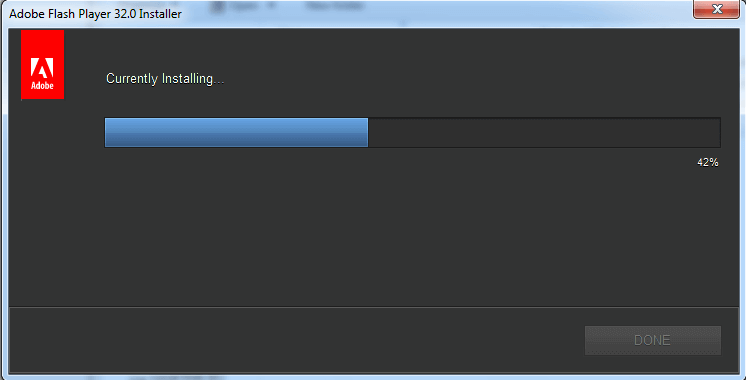

The video places both executives in the role of “hacking” a myth presented by “Steve from Cupertino” (Steve Jobs), who sent in a letter saying “it’s not possible to run Flash on the iPhone.” After a few gags, they call someone from Adobe, who says they just got Flash running on the iPhone.įlash developers had to wait until the release of Flash CS5 in 2010 to create Flash-based iPhone apps, but just before it was released, Apple blocked app developers from using it or other third-party frameworks. At the following year’s Adobe MAX event, the company showed a video featuring Adobe CTO Kevin Lynch (who ironically now works at Apple) and Creative Solutions SVP Johnny Loiacono in a parody of Mythbusters. By June 2008, Adobe had Flash running in Apple’s iPhone emulator.

The FightĪdobe couldn’t make a Flash plugin for Safari on iPhone without Apple, but it could go in a different direction: allow developers to wrap their Flash content with a built-in runtime, and submit it to the App Store. That automatically ruled out a typical Flash Player, but there were other options.
ADOBE FLASH UPDATE FOR WINDOWS 10 CODE
Even from the first days of the App Store, Apple blocked developers from creating apps that could download and run other executable code - which is why third-party web browser engines have never been available on iPhone and iPad. Adobe said later that year it was working on a version of Flash Player for iPhone using the SDK, but it was unclear at the time if Apple would ever allow it into the App Store. We definitely were interested,” Forstall said, “when we got it running on iOS, the performance was just abysmal and embarrassing and it could never get to something which would be consumer value add.”Īpple released the first iPhone SDK in March 2008, alongside the introduction of the App Store, allowing developers to (officially) create and distribute native iPhone apps for the first time. Apple lawsuit that early efforts were not promising. What Apple and Steve Jobs didn’t tell anyone, at least at the time, was that Apple and Adobe had already attempted to bring Flash to the iPhone. Scott Forstall, head of engineering at Apple at the time, revealed in a deposition from last year’s Epic Games v. The original iPhone marleyPug/Shutterstock Apple CEO Steve Jobs said in March 2008 that the mobile version of Flash was “not capable of being used with the web,” and said there needed to be a “middle ground” for the iPhone to add Flash support. However, there was no compatibility with web plugins, even ones that were present on other phones and PDAs at the time - including Adobe Flash. What the iPhone did have was a full-blown Safari web browser, complete with support for then-new web technologies like HTML5 video. There was no App Store yet (that would have to wait until iOS 2.0 in 2008), it was only available on AT&T, 3G support was missing, it couldn’t sync with Microsoft Exchange accounts, and so on. The iPhoneĪpple introduced the first iPhone in 2007, and even though the iPhone would go on to become one of the most important tech products ever, the original model was fairly limited. That same year, Adobe purchased Macromedia for $3.4 billion in stock, officially turning Flash into an Adobe product. Now Flash could be used for more than simple animations - it could handle everything from clickable menus to video players and complex web applications.Īccording to Macromedia, more than 98% of computers connected to the web in 2005 had Flash Player installed, and more than 100 manufacturers were building products with Flash built-in. That update added the first version of the ActionScript programming language, which allowed Flash content to be interactive. The final piece of the puzzle for Flash’s world domination arrived in 2000, with the release of Flash 5.0. Macromedia product page for Flash 1.0 in 1997 Web Design Museum

Importantly, Macromedia created a web browser plugin version of Flash Player, which allowed animations to run inside web pages. Macromedia Flash would be used for creating animations, while Flash Player would allow anyone to play those animations without paying for any software. Macromedia acquired FutureSplash in 1996, and the application was split into two products.
ADOBE FLASH UPDATE FOR WINDOWS 10 FOR MAC
Frame-by-frame animation abilities were eventually added, and the app became FutureSplash Animator for Mac and PC. SmartSketch was just a vector drawing application for pen computers, released in 1993. What eventually became Adobe Flash started out as an application called ‘SmartSketch,’ developed by FutureWave Software.


 0 kommentar(er)
0 kommentar(er)
